![]() Partner with Cardinal Peak for your next voice control product development project. Voice recognition is changing the world around us — and the way people interact with it. The global voice recognition market was more than $20 billion in 2023 and is anticipated to grow at a compound annual growth rate almost 15% annually through 2030. Consumers expect to control more things by chatting with their assistant or directly with a device. Our deep experience with voice capture, detection, recognition and response applications allows us to embed the highest-quality voice processing capabilities in connected and standalone devices, ultimately delivering best-in-class voice control product development that meet the challenges of noisy and acoustically difficult environments.
Partner with Cardinal Peak for your next voice control product development project. Voice recognition is changing the world around us — and the way people interact with it. The global voice recognition market was more than $20 billion in 2023 and is anticipated to grow at a compound annual growth rate almost 15% annually through 2030. Consumers expect to control more things by chatting with their assistant or directly with a device. Our deep experience with voice capture, detection, recognition and response applications allows us to embed the highest-quality voice processing capabilities in connected and standalone devices, ultimately delivering best-in-class voice control product development that meet the challenges of noisy and acoustically difficult environments.
An Alexa Voice Services & Solutions Provider
As an Alexa Voice Services (AVS) and Alexa Mobile Accessory (AMA) Solution Provider, Cardinal Peak offers services to help you bring your voice first product development to market. We were there immediately when Alexa launched, helping clients bring Alexa-enabled products to market, and we continue to lead in end-to-end voice solutions.
If you have an audio, video or IoT product that you would like to connect to Alexa Voice Services, Google Home, Bixby or Xiaowei, we are the lowest-risk and fastest choice for engineering services to deliver your product to market because of our deep experience in the full stack of internet of things (IoT) development, including voice UX design, hardware and firmware engineering, mobile app development and cloud integration.
Voice Product Design Case Studies
As a top voice services development company, Cardinal Peak supports innovative voice recognition product development including the projects below. If you’re looking for a voice product design firm to partner with, contact us.
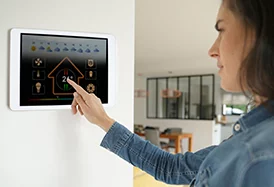
Voice Enabled Smart Home Automation
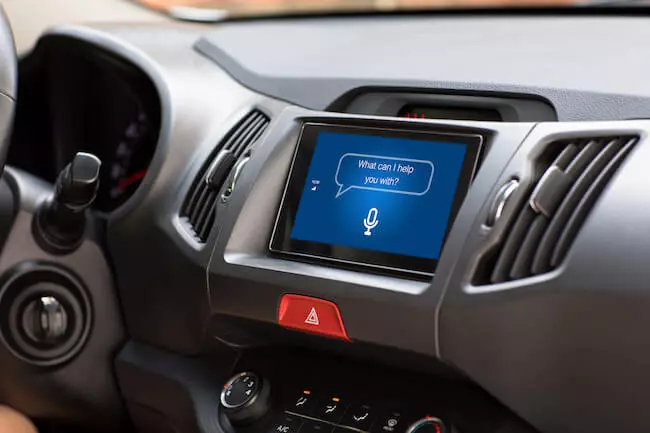
Voice Activated VPA for the Car
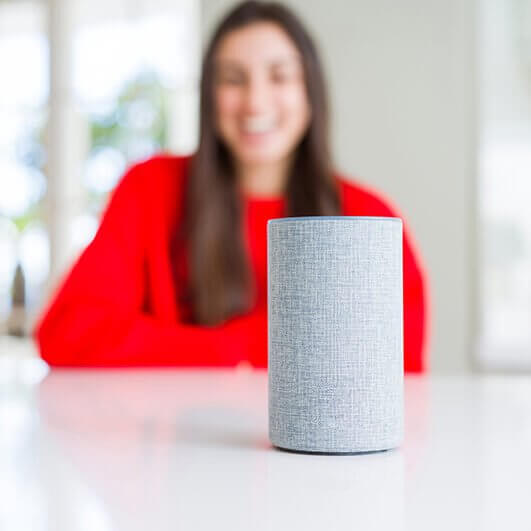
Audio, Video & IoT
Voice Product Design FAQs
What is Voice Product Design?
At Cardinal Peak, when we think of voice product design we are thinking about the hardware and algorithm necessary to make your device hear, as opposed to creating an Alexa app that you download to your Echo or comparable smart speaker. If you need a partner to help you design your voice enabled product, please contact us.
What are the Challenges with Voice Systems Engineering?
Voice systems engineering has come a long way in the last few years, and we leverage many recent innovations to design a differentiated voice experience for your product. A few years back, we were concerned with beam forming, echo cancellation and wake word development. Now the challenges we face in our voice products are operating completely offline and operating for long periods on battery power. These are very popular features for our customers and are pushing the boundaries of voice first product development further.
How Do You Test Voice Product Designs?
We maintain a voice product testing lab so that we can perform Amazon Alexa pre-certification testing prior to submitting the final product to Amazon for final testing. As an Alexa voices services integration partner, we work closely with Amazon to ensure priority certification to speed your schedule.
Voice Control Product Development Related Articles
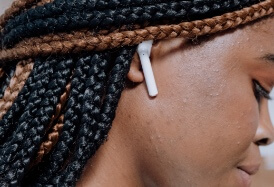
How Neural Networks Enable The Use of Voice Assistants in Low-Power Applications
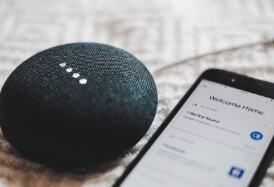
The Future of Voice Control in Consumer Electronics
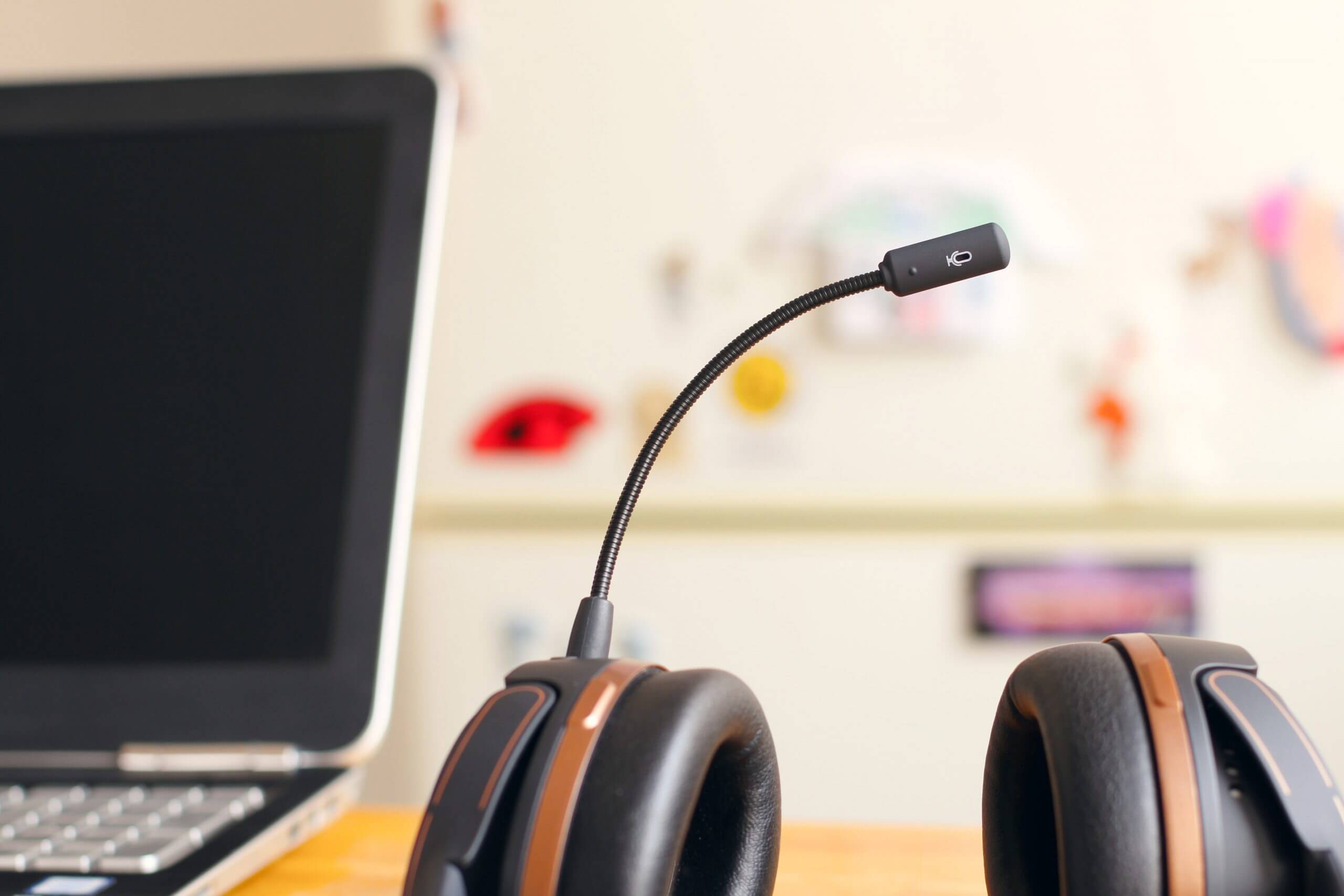
How Multi Microphone Noise Canceling Technology Works
Curious how microphones minimize background noise while allowing your voice to come through clearly? Discover how engineers use dual- and multi-microphone arrays, along with frequency domain power analysis, to cancel out ambient noise from voice signals.
Curious how microphones minimize background noise while allowing your voice to come through clearly? Discover how engineers use dual- and multi-microphone arrays, along with frequency domain power analysis, to cancel out ambient noise from voice signals.
